Sector Expansion
The Helicopter Emergency Flotation System Market is benefiting from the expansion of various sectors, including tourism, offshore oil and gas, and emergency medical services. As these sectors grow, the demand for helicopters equipped with reliable emergency flotation systems is expected to rise correspondingly. For instance, the offshore oil and gas sector, which relies heavily on helicopter transport for personnel and equipment, is increasingly adopting advanced flotation systems to ensure safety during operations over water. This sector's growth is projected to contribute significantly to the market, with estimates indicating a potential increase in demand by 15% over the next five years. Additionally, the tourism sector's expansion, particularly in coastal regions, further underscores the necessity for enhanced safety measures, thereby driving the market for emergency flotation systems.
Regulatory Standards
The Helicopter Emergency Flotation System Market is significantly influenced by stringent regulatory standards imposed by aviation authorities. These regulations mandate the inclusion of emergency flotation systems in helicopters, particularly those operating in maritime environments. Compliance with these standards is not merely a legal obligation; it also serves as a critical factor in ensuring passenger safety. As regulatory bodies continue to update and enforce these standards, manufacturers are compelled to innovate and enhance their flotation systems. This compliance-driven approach is expected to propel market growth, as companies invest in research and development to meet evolving requirements. The market is anticipated to witness a steady increase in demand, with projections indicating a potential market size expansion of 20% by 2030, as more operators seek to adhere to these regulations.
Technological Innovations
The Helicopter Emergency Flotation System Market is experiencing a surge in technological innovations that enhance safety and reliability. Advanced materials and design methodologies are being integrated into flotation systems, improving buoyancy and stability during emergency landings. For instance, the introduction of lightweight composite materials has led to a reduction in overall system weight while maintaining structural integrity. This trend is likely to attract manufacturers aiming to improve performance metrics. Furthermore, the incorporation of smart technologies, such as sensors and automated deployment mechanisms, is becoming more prevalent. These innovations not only enhance operational efficiency but also align with the increasing demand for safety in aviation. As a result, the market is projected to grow at a compound annual growth rate (CAGR) of approximately 5% over the next five years, driven by these advancements.
Increased Demand for Safety
The Helicopter Emergency Flotation System Market is witnessing an increased demand for safety features in aviation. As public awareness regarding aviation safety rises, operators are prioritizing the installation of emergency flotation systems to mitigate risks associated with water landings. This heightened focus on safety is not only driven by regulatory requirements but also by consumer expectations. Airlines and private operators are increasingly recognizing that investing in advanced flotation systems can enhance their safety profiles and improve customer trust. Consequently, the market is likely to experience a surge in demand, with estimates suggesting a potential growth rate of 6% annually over the next few years. This trend indicates a shift towards prioritizing safety in operational practices, thereby reinforcing the importance of emergency flotation systems in helicopter design.
Investment in Research and Development
The Helicopter Emergency Flotation System Market is witnessing a notable increase in investment in research and development (R&D) activities. Manufacturers are recognizing the importance of innovation in maintaining competitive advantage and meeting the evolving needs of the market. This investment is directed towards developing next-generation flotation systems that offer improved performance, durability, and ease of use. Collaborations between industry players and research institutions are becoming more common, fostering an environment of innovation. As a result, the market is likely to see the introduction of advanced flotation technologies that could redefine safety standards in aviation. Projections indicate that R&D investments could lead to a market growth rate of approximately 7% annually, as new technologies are developed and commercialized, further solidifying the role of emergency flotation systems in helicopter operations.


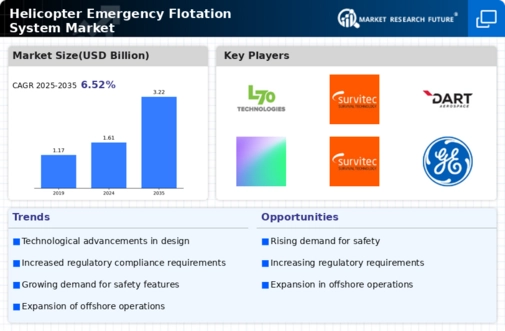
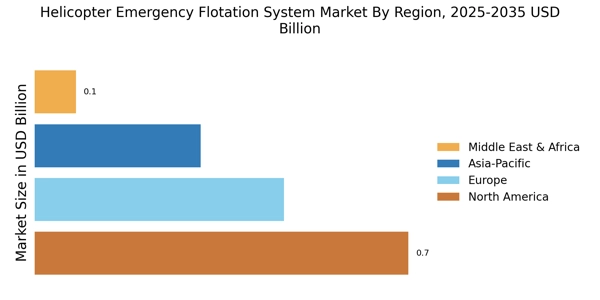
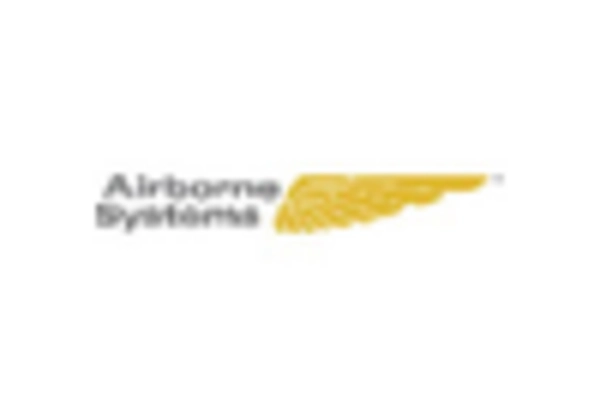
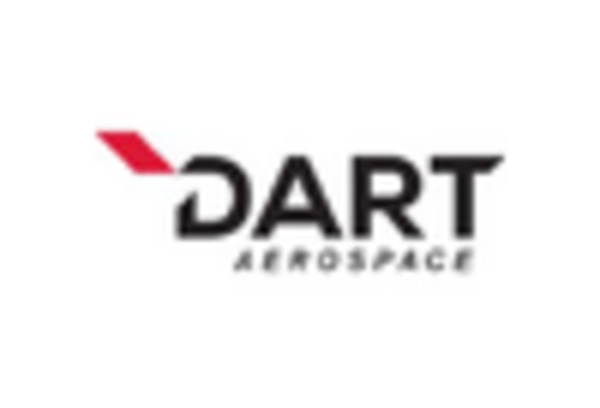
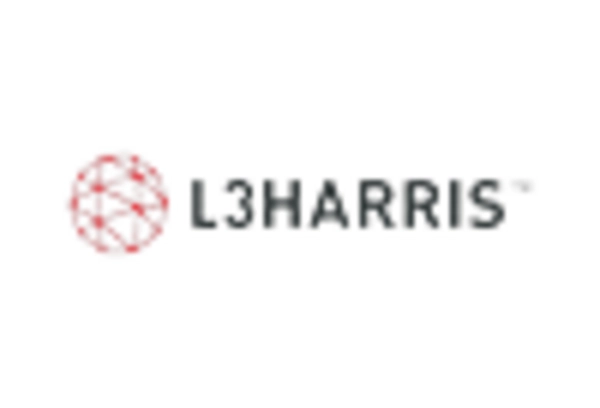

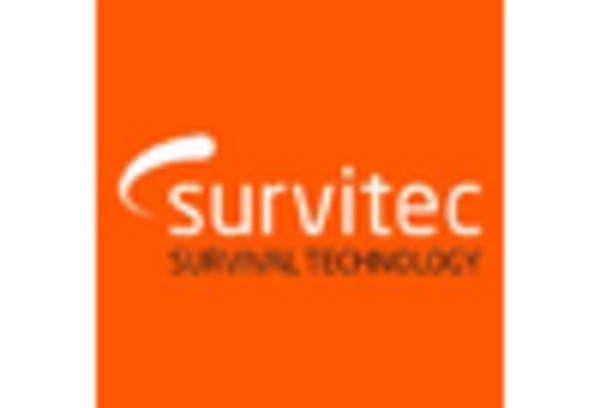









Leave a Comment